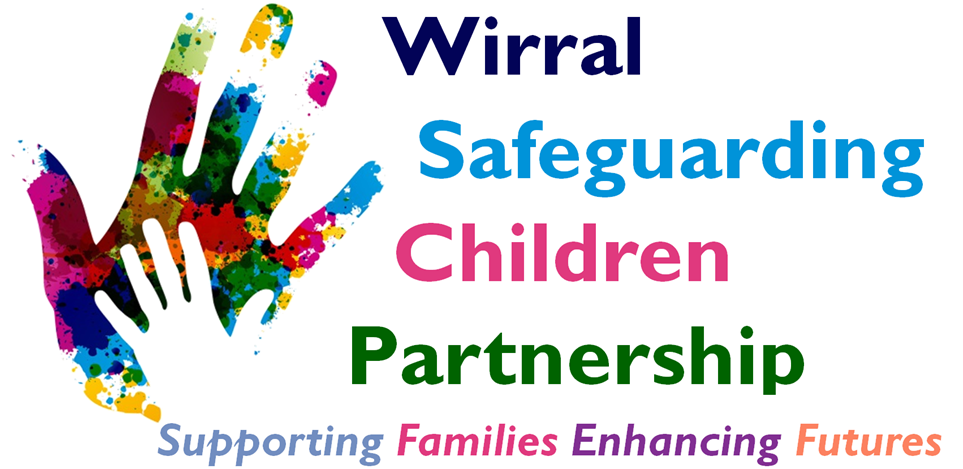The Voice of Children and Young People
“Spending time with children, talking to them, and making sure that you are actively listening and taking seriously what they say is an essential safeguarding activity”
NCB Communicating with Children 2006
Why is the Child’s Voice important?
- Children feel listened to
- When children are involved, plans are more successful
- We can see their experience, from their point of view
- Children can develop their own story about what is happening in their lives
What Children and Young People have told us?
- Get to know us; spend time with us and give us your attention
- Don’t get us to repeat our story over and over again
- Keep us at the centre of the decisions you make
- Be honest with us and explain in a way we can understand
- Let us make some decisions about our own life
- Don’t make assumptions about our thoughts and feelings
What happens when Children and Young People are not listened to?
- Children are less safe
- Children are less happy and their wellbeing is lower
- Children become less visible; adult needs can dominate
- Assumptions are made about children’s lives
- Knowledge about children is limited to their relationships with adults
What should practitioners do?
- Take time to know the young person you are working with, what they enjoy, what are their concerns and what are their ambitions and aspirations
- Document the child or young person’s journey from needing help, to receiving help
- Record the child or young person’s wishes and feelings
- Observe and record their behaviour and experiences
- Ask other professionals for their knowledge of the child or young person as they may have significantly more contact with the child
- Evidence the Child’s Voice throughout Single Assessment, throughout Section 47 Assessment, throughout CIN Plan, Review and throughout Children in Care Plan Review
- Thread the Child’s Voice through all recording
How much do young people need to be involved?
This is a much debated question, and unfortunately there is not a simple answer to fit all situations. The depth of a young person’s involvement in decision-making will depend on a multitude of factors, including:
- the age or ability of the child or young person, and how much they are able to understand and contribute;
- the amount of influence they can realistically have over decisions or plans (i.e. considering any policy or practice constraints);
- any ethical issues associated with their involvement;
- the reasons behind engaging them in discussions, and related strategic priorities.
